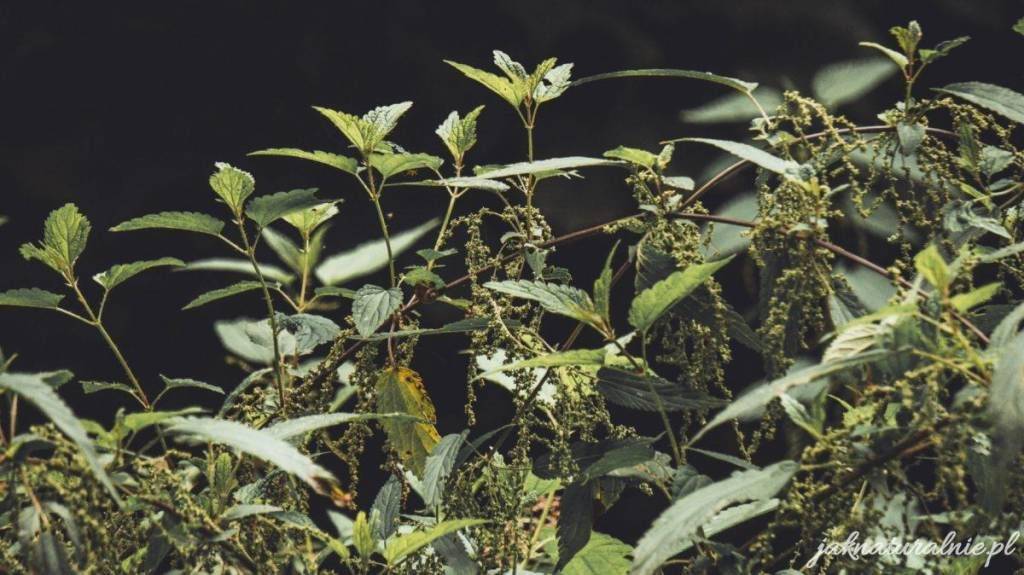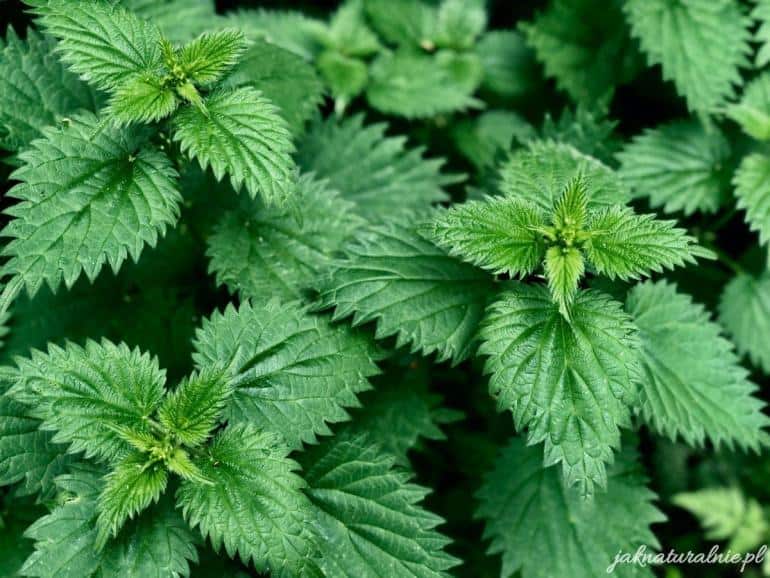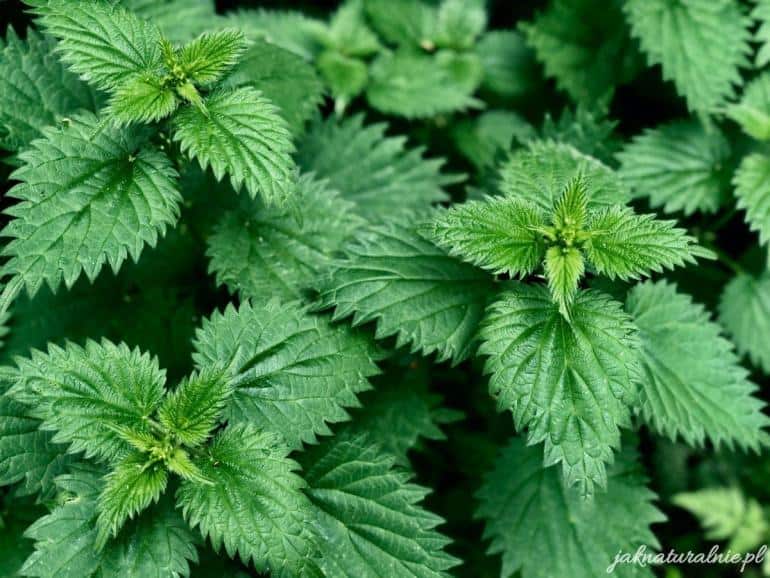Hi, folks! Today I have a recipe for free home fertilizer, nettle manure for garden plants, another recipe from a new series of eco-gardening tips. It is a long known and classic recipe of experienced gardeners, especially repeated in Rod allotments, where it has been used for years to grow homemade tomatoes.
But it doesn’t just serve that purpose. The liquid manure is definitely the cheapest, the fastest and the easiest in the world to make specific for fruit plants and others, which will certainly work for everyone. To make it, you only need nettles picked at the roadside, water and a container, e.g. a bucket. However, making it is ridiculously simple and we have spectacular results in the garden, so it’s definitely worth a try. In addition, there is no fear of overdoing when fertilizing with such natural eco agents – unlike in the case of purchased, expensive and loaded with harmful chemicals fertilizers. Therefore, I heartily recommend this well-known invention to everyone. My vegetables grow like yeast on it! It is also a well-known aphid remedy and a free compost starter. I always need a bucket of that stinky “gardening gold” on my plot.

Nettle manure – why is it worth using in the garden?
Liquid manure is the cheapest way to feed your plants with nitrogen compounds, especially beneficial for garden fruiting plants, hence it is recommended for tomatoes, fruit shrubs, trees and vegetables. It also contains ingredients necessary for the proper growth and functioning of plants: potassium, iron, phosphorus, calcium, magnesium, silicon, manganese, and zinc.
However, remember not to use it for ornamental flowering plants. We use it mainly to supplement nitrogen, i.e. for demanding fruiting plants – tomatoes, currants or pumpkins. We can also use it to enrich the soil in the vegetable patch. And also for all plants in the spring, e.g. instead of compost, to increase their growth for the start of vegetation.
The fertilizer can also be used as a spray medicine for plants attacked by aphids.
We use nettle extract (or thinned liquid manure) as a spray against pests and fungi.
On the other hand, the remains – the stalks, leaves after the liquid manure has been used up and the sludge washed out of the bucket – are thrown onto the compost. Both the liquid manure itself and its remnants as well as fresh nettle leaves are a free and free compost activator.
We don’t have to buy any ready-made preparations, as you can see, we only need an ordinary weed that grows in excess everywhere to have a lush and fruitful garden.
Recipe for: nettle manure
Ingredients:
- fresh nettle
- non-metallic container, e.g. a large bucket and something to cover
- water, preferably rainwater
Manufacturing method:
Time needed: 3 days.
- We collect nettle.It is best to arm yourself with thick gloves and scissors so as not to burn yourself. Cut the nettles together with the stalks a little above the ground and shred them a bit right away. The basic proportion is 1 kg of fresh nettle to 10 liters of water, but you don’t have to stick to it strictly. We fill our containers so that they are full, up to the top, without tamping.
- We pour water.Pour water over the bucket full of nettle, but not overflow. We mix with a stick. Best rainwater or drained water. Slurry flooded with rainwater will be a dark green liquid, much richer in terms of nutrition, so I recommend collecting some of it especially for the recipe, e.g. in the same bucket left on the terrace in the rain.
- Set aside the bucket.Set aside the container in a secluded place, because it will start to smell quickly. Cover with a material that will provide air access, eg an old t-shirt, or a cover, a board, brick, etc. If something takes hold of it, it will have to be drained, but it is still usable.
- Mixing.Remember to mix it every day – if possible. Put aside in a sunny place, the liquid manure will grow much faster than in the shade, and in the heat it will be good after a few days. However, you have to wait up to two weeks for it to cool down.
- Wait.After two days, foam will appear on top of the bucket. When it disappears and the nettle leaves only stems without leaves, the liquid smells terribly and has a green or brownish color, it means that our fertilizer is ready.
- Ready!Drain the slurry, throw the leaves and stems onto the compost, and dilute the finished liquid in a ratio of 1:10. We can water plants with it from spring to August at recommended intervals, min. weekly. It’s best to use it quickly, right away, because the smell gets worse every day …
Similar: Homemade banana fertilizer | DIY the easiest recipe

How to use homemade fertilizer – nettle manure?
It is best to collect nettle in spring and summer, since the flowering one is the weakest, but it is also still suitable. However, it is better not to take nettles with seeds – nettle once sown in the garden is difficult to spill … And the seeds like to survive even after hot composting.
Such a ready-made fertilizer is diluted with a little standing water in a proportion of 1:10 . We can water plants with it from spring to August at recommended intervals, min. weekly. With bushes and trees, you have to wait longer for the effects, but with tomatoes and green stems, spectacular results can be seen from the first application. However, if the leaves turn very dark green, stop, because we will overdo it.
Liquid manure spraying:
After just one day, we get an extract from the water and put aside nettle, which can be used undiluted for spraying plants against pests and fungi. For spraying to strengthen plants, use the ratio 1:20 .
Will you try? How do you like this idea for homemade fertilizer?
